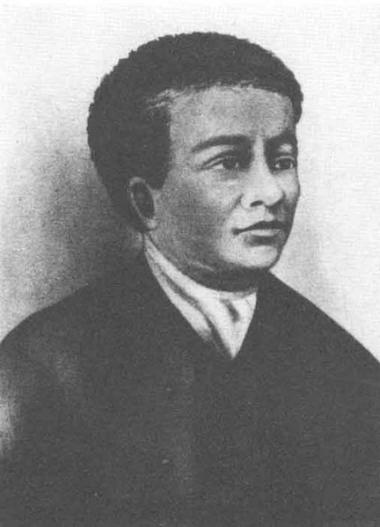
When Benjamin Banneker (1731–1806) was in his early twenties, he made a clock out of wooden parts—the first wholly American-made clock in the country, which kept time accurately for more than twenty years (some sources say forty years, some say fifty years). He became a well-known scientist, astronomer, mathematician, surveyor, and gazetteer. He worked with surveyor Andrew Ellicott in the laying out the nation’s new capital in the District of Columbia.
Born free in Baltimore County, Maryland, to a free African-American woman of English-African descent and a former slave, Benjamin attended an interracial Quaker school but was largely self-taught. He borrowed books and became a voracious reader, taking particular interest in mathematics and astronomy. He compiled several almanacs, wrote pamphlets on civil rights, and exchanged letters with Thomas Jefferson regarding the prejudices against "those of my complexion."
Following Benjamin's death in 1806, on the day of his burial, his house caught fire and burned to the ground, destroying all his possessions, including the wooden clock and his journals. Because of the limited amount of material about his life, many myths and legends had been presented over the years, until 1972, when scholar Sylvio A. Bedini wrote an acclaimed biography, The Life of Benjamin Banneker: The First African-American Man of Science. A revised edition followed in 1999.
